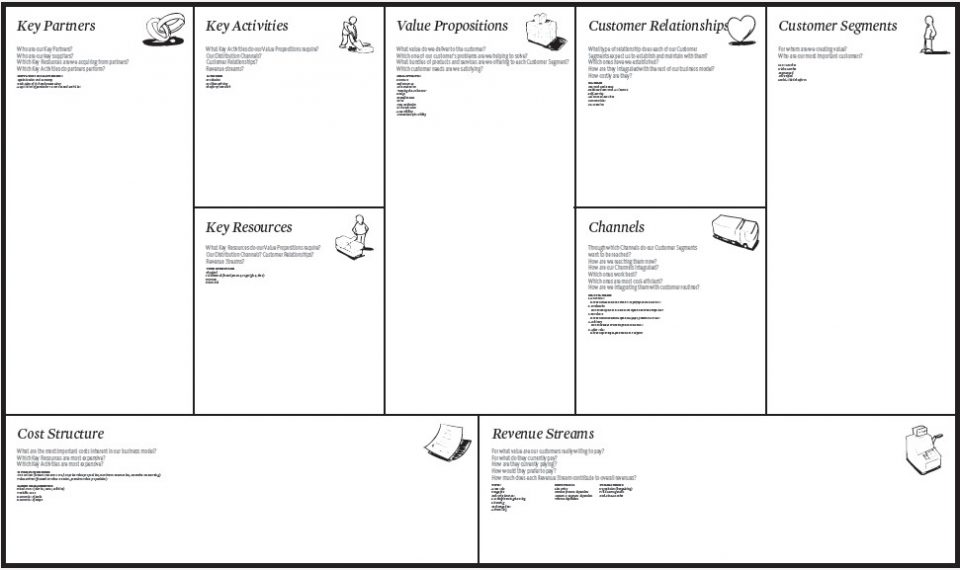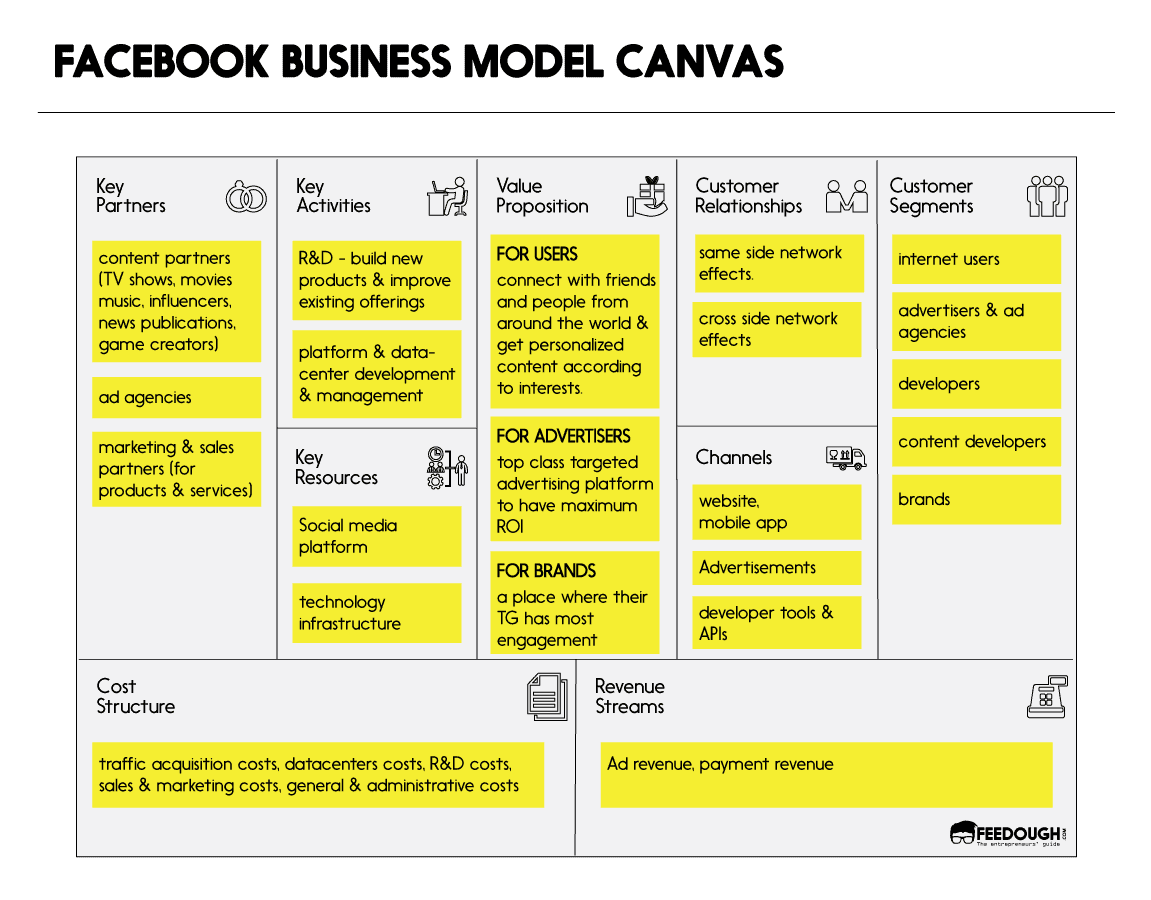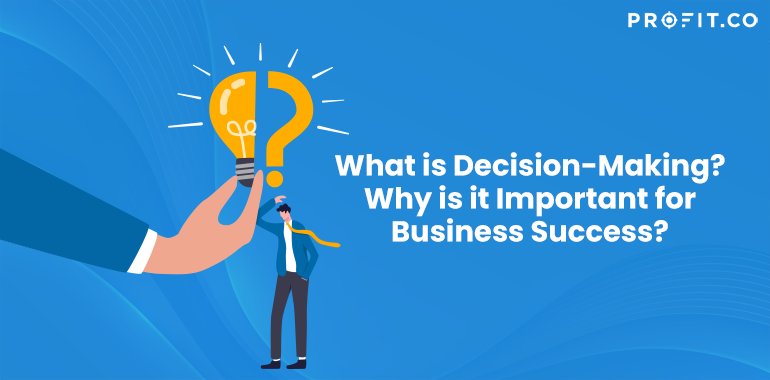

Will you have your own storefront, partner with existing stores, or sell your goods and services online?ĭepending on the beneficiaries you are trying to reach, you may have to get creative in reaching them. If your customers and beneficiaries are not identical, ensure it specifies how you create value for both.Ĭhannels describe how you are going to deliver that value to your customers. Getting this part right is crucial.Ī social enterprise’s value proposition includes the value created for both the individual and society at large - the enterprise’s social impact. Use the Value Proposition Canvas to drill down on the specific details of what problem your customer is facing and how exactly you are addressing it. The product or service you develop should address these factors to ensure you are meeting a real need under your beneficiaries’ limited condition. If forces you to develop an in-depth understanding of customers needs, desires, and their reasons for not being able to overcome the issue themselves. Figuring out whether or not your product or service meets customer needs may be my favorite part of the whole canvas exercise. Is the value you are creating - providing education to underserved communities or improving healthcare access - something that your beneficiaries appreciate as much as you think? The value proposition explains what problem you are solving for your beneficiaries and how. The value proposition is the key to your business. Consider both customer segments and develop personas for each. The ones paying for your product or service are not always the ones using it exclusively (think Ruby Cup’s one-for-one model). Start with one.Īs a social entrepreneur, you may have to segment customers from beneficiaries. What can you find out about their socio-economic situation? Their income? Their preferences, needs, behaviors, attitudes? You may be serving different segments of one population. Start with customer segments specifying who your customer is and what his/her specific characteristics and circumstances are.

Image via Stategyzer The Business Model Canvas in 3 (Big) Steps The original canvas is made up of nine blocks that easy to grasp. It sketches out what you are trying to do for whom and how you think it’s going to work. The business model canvas is a business’ blueprint once you strip away all the fine-tuned details and impossible-to-make business predictions found in a traditional business plan. Besides, approaching your social enterprise through the lens of a business-model seeker will put your venture on an entrepreneurial path of seeking beneficiary-centered solutions, validated by their willingness to pay for the product or service you provide. Let’s face it, a business model - the engine for sustained earned revenue - is what any social entrepreneur needs if (s)he doesn’t want to be stuck in the endless cycle of writing grant proposals and worrying about next month’s payroll. But if you think about it, creating, delivering and capturing value is precisely what social entrepreneurs do. Now I realize the term ‘business model’ has a corporate ring to it - not a language that the social sector historically has been friendly with, let alone fond of. It is a guide covering the basics and hopefully sparking your interest with lots of extra reading to dive into the deep end of the business model canvas pool for social entrepreneurs. The aim of this article is not to reinvent the wheel or summarize the extensive literature on the topic. On the same topic The Lean Startup for Social Entrepreneurs

It describes how you create, deliver and capture value. In simple terms, a good and conclusive canvas lays the groundwork for your business and changes with every iteration you go through.

The canvas allows you to frame a hypotheses which you then test with customers until you get to the point in the validation process where you have enough to go on to build a minimum viable product. Originally crowdsourced, the book “Business Model Generation” by Alexander Osterwalder and Yves Pigneur at Strategyzer has sold over one million copies in 30 languages. You’ve maybe even tossed the term around yourself, but what does it actually mean and how do you actually implement it? Social Business Model Canvas The business model canvas allows you to frame a hypotheses which you then test with customers until you get to the point in the validation process where you have enough to go on to build a minimum viable product. In simple terms, a good and conclusive canvas lays the groundwork for your business and changes with every iteration you go through. With the wave of the Lean Startup Method, the business model canvas has become a regular in our startup vocabulary.


 0 kommentar(er)
0 kommentar(er)
